home / NEWS / Siping and Grooving Hoosier Sprint Tires
|
||||||||||||||||||||||||||||||||||
July 12, 2020 by Team Southern Raceway
Dirt track tire prep is a detailed and technical discipline, and there is also quite a lot involved to understand such as beginner dirt track racing or dirt racing flag meanings. There are different preparation methods depending on the tires being used and the particular track being raced on.
Tire Prep
Two main tire preps can be applied to tires. These are grooving and siping. They allow each tire to grip tightly to the surface of the dirt track, and this results in them performing better than they otherwise would have. To conduct tire preparation the method used and the process will depend on how the track will alter as the day progresses, and what the conditions of the track are before use. This means no single method of tire prep is better than another, but we will focus on tire grooving and tire siping.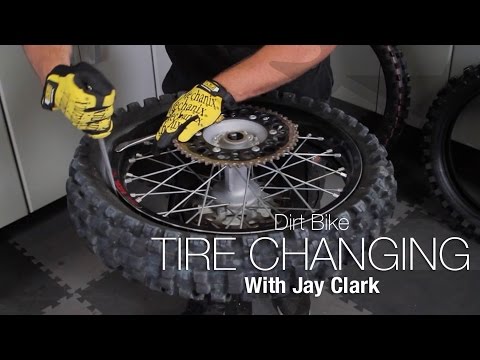
Grooving Tires
When a tire is grooved, this means the rubber is removed and the tire doesn’t build up as much heat during use. It also helps the tire grip to the track better. The process involves the creation of sharp edges. These edges build resistance so that the tires don’t slip and slide when they’re on the track and the car is moving at speed. Dirt track tire grinding is one way to achieve this, but before choosing your specific approach, it helps to know some details about the tires themselves. The tires at the rear of the vehicle are responsible for relaying torque, which means when grinding them, they should be cut in line with the tire rotation. If you choose to groove the front tires, then the car will be easier to maneuver and you’ll face less difficulty when steering it. If you cut grooves that are parallel to the rotation of the tire, then you will get these results. Doing this also helps the tire to press into the surface of the track, which decreases the heart and increases stability. Grooves also give more paths by which heat can escape.
Grooves also give more paths by which heat can escape.
Siping Tires
Siping yields the opposite results compared to grooving by increasing the level of heat rather than decreasing it. Sipes refer to small incisions made into the tread of the tire. When the tire rotates and touches the track, the sipes will come into contact and generate friction. As a result, the tires warm up. Another consequence of siping is increased flexibility within the tread, which also leads to more heat. The increased heat is beneficial when it comes to the tire grip because it will become stronger in less time than tires without siping. Siping is also somewhat simpler than grooving because there is no need to take off the rubber.
Conclusion
When performing either of these techniques, the depth of cutting must be carefully observed. If the cuts are too deep, the tire can split, and in a worst-case scenario, it can fail especially when balancing the wedge. It’s also worth keeping in mind that any alterations to a tire will decrease its lifespan because it exposes the tire to more wear.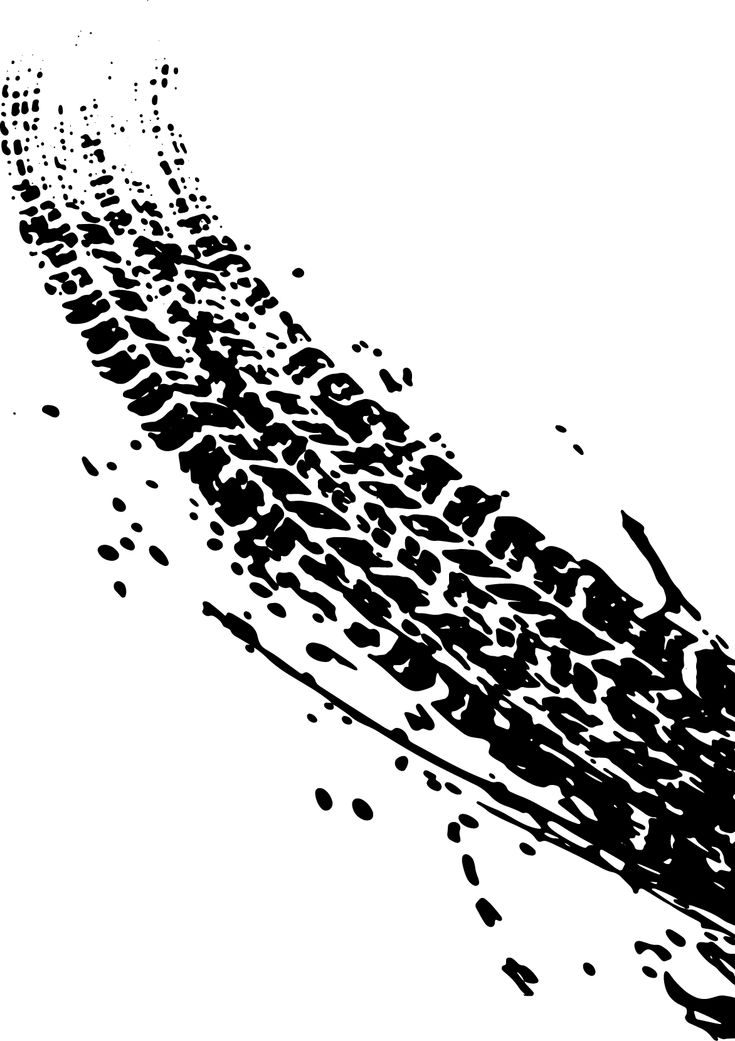 That’s why the number of cuts made should also be controlled. Too many can cause damage, just as cuts that are too deep can cause damage.
That’s why the number of cuts made should also be controlled. Too many can cause damage, just as cuts that are too deep can cause damage.
For the best understanding attend dirt racing classes, each racer should decide what they want their tires to achieve. If they want faster grip times, then siping is worthwhile. However, some types of track can become extremely abrasive and cause the tire to overheat. If the racer would like to have extra speed near the end of the race, then siping is not recommended if the tires are soft. Harder tires can withstand additional siping and are less likely to fail. Alternatively, you can research some tire softener recipes to see if these will help you. Ultimately, the bottom line is that every track is different, and the tire preps performed will have to be different as well.
:no_upscale()/cdn.vox-cdn.com/uploads/chorus_asset/file/4012024/tito_tyre.0.jpg) This means that once again it's time to dispel them.
This means that once again it's time to dispel them. Let's start from the basics. Why release pressure in tires before leaving off-road do you still need it? Because our native off-road is thick or liquid mud, swamps, deep snow, sands in some places, that is, soils with a weak bearing ability. Simply put, it came - and fell almost to the very tomatoes. The best way to avoid such a fiasco is to reduce the pressure on the ground, for which it should be distributed over the maximum area. How to do it? Bleed your tires early!
The inflated wheel is in contact with a smaller surface area, which means it falls deeper. Downgrading pressure, the tire starts to work like a caterpillar. where you had to fight for every meter, you will easily go, surprised by the increased almost half patency. After all at low pressure, tires not only sink and slide less, but are also lighter crawl over obstacles, whether it be a rut or a fallen tree. Think about this, when some log crosses your path.![]() With inflated wheels you are most likely you will simply push it in front of you, and the lowered tires will easily crawl over through the barrier.
With inflated wheels you are most likely you will simply push it in front of you, and the lowered tires will easily crawl over through the barrier.
But, they say not all tires can be poisoned? No, everyone. Winter and summer, off-road and not very. On our planet, the laws of physics are unchanged and always work - the more area the tire touches the ground, the puts less pressure on him. However, the effect of pressure reduction is different.
For example, fairly low profile universal tires Toyo Open Country A/T Plus 275/50R21 , with All/Terrain type tread, for status Lexus LX can be lowered to 1.5, up to 1 atmosphere, and confidently overcome the slippery slope. But poisoning even more is useless and dangerous: patency will not improve, but the wheels, most likely disassembled. So that having coped with the ambush, it is better to re-inflate the tires to the recommended pressure manufacturer.
Another high profile off-road tires.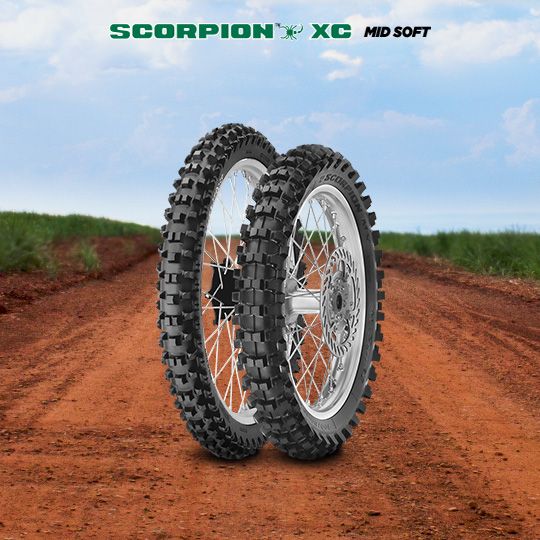 They provide excellent patency even at normal pressure, but if they play off - reveal for real. Let's say tires Toyo Open Country M/T can be lowered to 1.5 atm, in order to gently lay on bumpy primers, and their "full width" tread works at 0.5 - 0.3 atm.
They provide excellent patency even at normal pressure, but if they play off - reveal for real. Let's say tires Toyo Open Country M/T can be lowered to 1.5 atm, in order to gently lay on bumpy primers, and their "full width" tread works at 0.5 - 0.3 atm.
Suppose we convinced you that to lower the wheels off-road useful, but how to do it? The question seems idle only at first glance. Imagine how much air is in big tires like Toyo Open Country M/T 35X12.50 R17? Don't even think about just pressing the nipple valve with the key apartments - your comrades will come back and you'll still be lower your "thirty" fifth." The cheapest and fastest way is just unscrew the spool. But so that he does not fly into the grass or snow, skill is required. and well-developed fine motor skills. BUT Also a pressure gauge. One from old jeep legends says that you can poison "on sound", they say, on one tire atmosphere start whistling.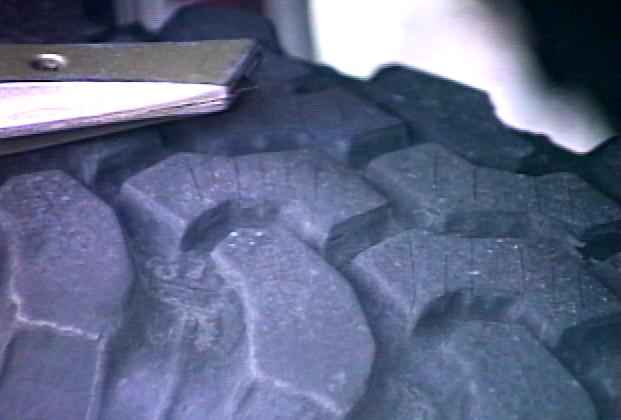 There is some truth in this but not everyone whistles, not always and not exactly, and if the pressure in the wheels turns out to be different, then the behavior of the SUV will not will be stable.
There is some truth in this but not everyone whistles, not always and not exactly, and if the pressure in the wheels turns out to be different, then the behavior of the SUV will not will be stable.
So it's better to use a deflator, but also not any. Better choose deflator with a pressure gauge and a device for unscrewing the spool. Everything will be fine with him. fast and under your full control. The thing is simple - and dear glamorous ARB, and a cheap Chinese craft work equally. But taking a deflator that simply presses the spool is not worth it. It's like poisoning yourself with a key - it's long, tedious and you can lose the key. The same goes for deflators tuned to a specific pressure. They just press on valve, are expensive, yes also require calibration.
Congratulations! If you've read this far places you've already learned drop wheels. Now it's up to the small, learn to understand how much you need bleed and how to ride. For driving on bumpy primers on high profile tires one and a half atmospheres is enough.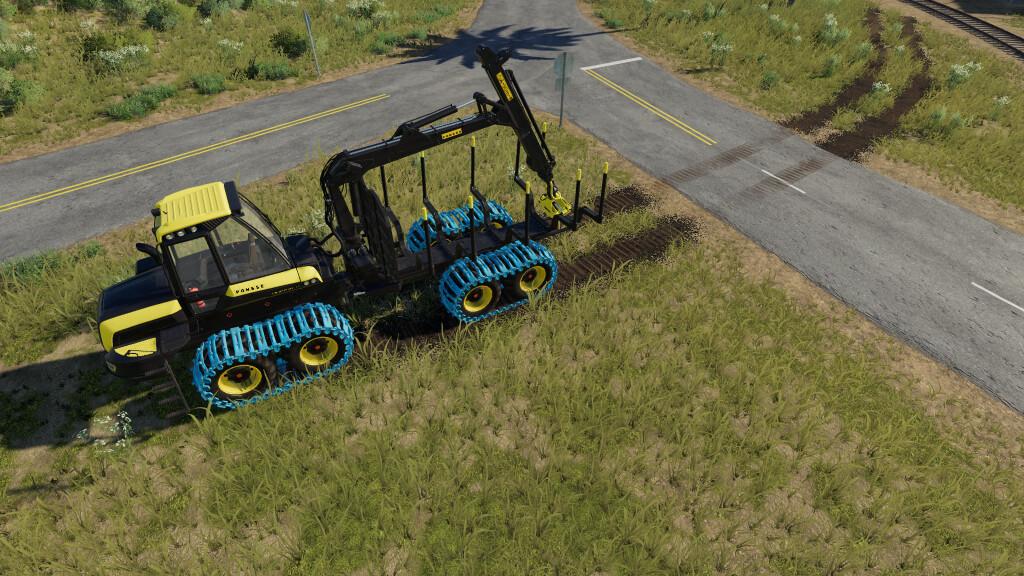 Will be much more comfortable. But it must be remembered that when such a sufficiently high pressure, the car will begin to behave differently: it will become more rolled, sluggish in control, and the load on the power steering will increase. But the weaker the soil, the stronger it is necessary get poisoned.
Will be much more comfortable. But it must be remembered that when such a sufficiently high pressure, the car will begin to behave differently: it will become more rolled, sluggish in control, and the load on the power steering will increase. But the weaker the soil, the stronger it is necessary get poisoned.
To make it easier to drive on not too heavy mud or sand, 1 atmosphere may be enough, but if there is liquid porridge under the wheels, you will have to lower them to 0.5 atm. Or maybe even stronger. Here is important visual control, because those the same off-road toyo Open Country M / T at a pressure of 0.5 atmospheres don't even look deflated, but This means they can be hit harder. And the softer winter Toyo Observe GSi-5, or their latest generation GSi-6, with the same pressure, literally spreads over ground.
Left: The Winter Toyo Observe GSi-5 combines the benefits of studded tires with the comfort of a quiet ride. Differs in the increased wear resistance. Right: The new Toyo Observe GSi-6 winter tire, with increased durability and improved braking performance on snow and wet surfaces, is gradually replacing the Observe GSi-5, but not yet available in all sizes By the way, a thin layer of freshly fallen snow, at a temperature of about zero, so slippery that the car could slide on the slightest deviation. In this case, winter the tread will work much better than sparse and wide off-road checkers. The same goes for deep snow, so always choose tires for the season! Anyway, the lower the pressure, the more carefully you need to drive. After all, the sidewall of the wheel becomes softer, it is easier to break it on branches or stones, sticking out in a rut. From hitting the walls of the track, stump, or during sharp maneuvers, the wheel can be disassembled. By the way, it is precisely because of the fear of "sorting out" that Jeepers often do not want to be poisoned.
In this case, winter the tread will work much better than sparse and wide off-road checkers. The same goes for deep snow, so always choose tires for the season! Anyway, the lower the pressure, the more carefully you need to drive. After all, the sidewall of the wheel becomes softer, it is easier to break it on branches or stones, sticking out in a rut. From hitting the walls of the track, stump, or during sharp maneuvers, the wheel can be disassembled. By the way, it is precisely because of the fear of "sorting out" that Jeepers often do not want to be poisoned.
Although it seems what afraid here? There is a spare! But what if two wheels disassembled at once? There are many options, and a special call to the forest tow truck - the latest of them. Usually Enough own forces and compressor. Most often, the tire moves away from the disk with only one outside. In that case, you need to hang the wheel with a jack, rinse (if there is nothing, then wipe the rim and tire well), be sure to unscrew the spool, screw the pump hose onto the nipple, turn it on and firmly press the tire to the rim with your hands. The tire itself, within a few seconds, will stand up with a pop in place. If it didn't work the first time times, clean the rim more thoroughly and press the tire more firmly, changing the application of force. Everything will work out!
The tire itself, within a few seconds, will stand up with a pop in place. If it didn't work the first time times, clean the rim more thoroughly and press the tire more firmly, changing the application of force. Everything will work out!
Worse if the tire has moved away from the rim on both sides. Here, apparently, you have to remove the wheel. Clean it up put the disc on the stump and jump on the tire to put it on the disc on one side, and then inflate, pushing the other side of the tire against the rim like we already said.
B field tire fitting, the main thing is to thoroughly clean the tire bead and the rim of the disk from mud or snow. Take a more powerful compressor with you and do not forget to unscrew spool before pumping . R tire to rim, be careful not to get your fingers between the tire and disc
It is even worse when the tire partially or completely off the disk. This is already quite serious, but also fixable. True, it will take much more effort and several mounts. If succeeded putting a tire on a rim is the hardest part. What do next you know. What you should not do is to bead the wheel with an "explosion" - no less trouble than with a compressor, and the result is unpredictable. Not only can damage tire, but also himself. Remember that fenced in fields and forests wheel, it will be much easier to disassemble the second time, so choose trajectories and maneuvering must be doubly careful. Well, having left for civilization, be sure to visit tire fitting and overboard the affected wheels with flushing and balancing.
True, it will take much more effort and several mounts. If succeeded putting a tire on a rim is the hardest part. What do next you know. What you should not do is to bead the wheel with an "explosion" - no less trouble than with a compressor, and the result is unpredictable. Not only can damage tire, but also himself. Remember that fenced in fields and forests wheel, it will be much easier to disassemble the second time, so choose trajectories and maneuvering must be doubly careful. Well, having left for civilization, be sure to visit tire fitting and overboard the affected wheels with flushing and balancing.
Text by Grigory Alyoshin
We get letters all the time, often asking the same question - "Why do you need to reduce tire pressure when driving off-road?".
In order to avoid similar questions, we asked an off-road competition expert to explain to our readers whether it is necessary to reduce tire pressure when driving on a bad road, as well as why this is necessary.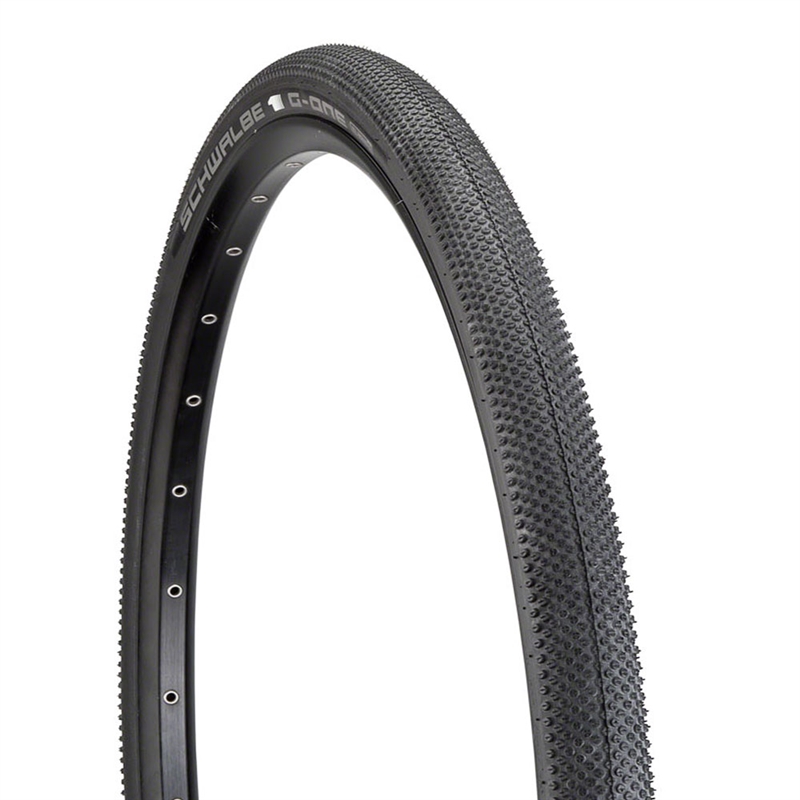
We recently received the following question:
Alexander Sokolov from Ryazan asks:
- Question: I am starting to learn how to drive a car off-road in order to participate in various rallies and competitions in the future. I was told that for better traction, it is necessary to deflate the tires below the automaker's recommended pressure when driving on asphalt. Can you please explain, does the reduced pressure in the wheels provide only an increase in traction or are there any other advantages? Also tell me to what level I should reduce the pressure in the tires. And at what stage should I reduce the tire pressure?
The off-road driving expert Kirill Osipov from Novosibirsk answers:
Answer: "There are three main reasons why we must reduce tire pressure when driving off-road" - Kirill said.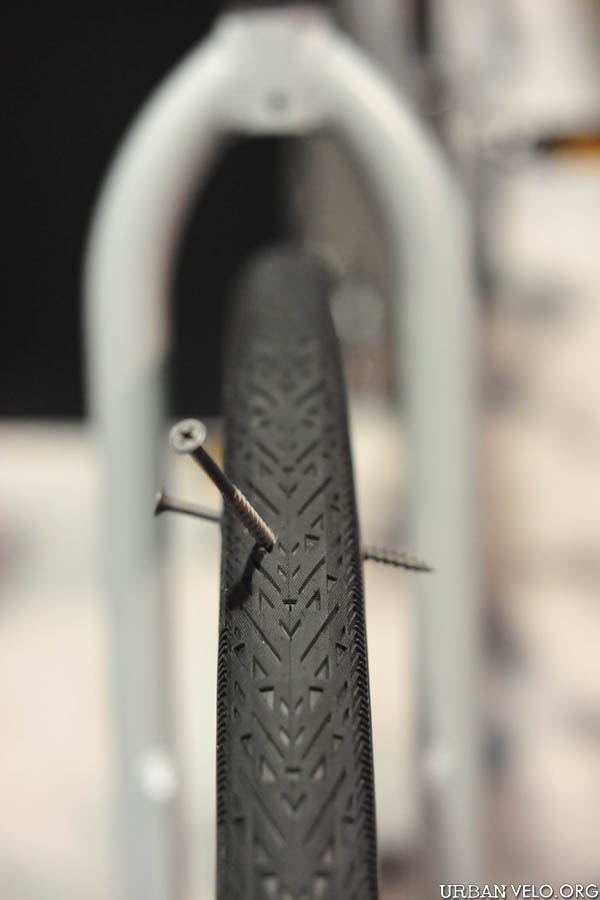
"Firstly, lowering tire pressure when driving over rough terrain will improve your off-road comfort. Thus, reduced pressure wheels will improve suspension performance in various mountainous areas and when driving on slopes. In the end, you and your passengers get significant comfort when driving on a bad road."
"Secondly, lower tire pressure will improve the car's traction, as lower tire pressure will increase the tread's grip on the road surface. More tire contact will give the car more traction as a result."
"Also, wheels with reduced pressure will become softer and, in fact, turn into mini-tracks. Remember that the less pressure in the wheels, the less pressure is exerted on the surface of a dirt road. As a result, the car will fall through less off-road in the mud, sinking into the ground."
Now that we know why you deflate your tires when driving off-road, it's time to find out when to do it and to what level you need to deflate your tires?
As Kirill explained, the level of pressure in the wheels when driving off-road depends on the terrain on which the SUV is moving. For example, if you only drive on a dirt road at most and most often travel long distances, then you should reduce the tire pressure to 1.72-1.93 bar.
For example, if you only drive on a dirt road at most and most often travel long distances, then you should reduce the tire pressure to 1.72-1.93 bar.
If you plan to go on difficult off-road, where you will have to drive at low speed, then you should lower the tire pressure a lot more.
"For example, when driving in mud or rocky terrain, you must depressurize to 1.38-1.72 bar. .38 bar. Remember that driving on the sand is very difficult. The fact is that the sand can be wet. In this case, it will be very difficult for the car to move on it."
"It's also worth noting that if you reduce the pressure, you are unlikely to damage the tires off-road. The main thing to remember is that when you finish off-road driving, you must remember to return the wheels to their previous standard value."
"In addition, do not forget that, as a rule, the pressure in the front wheels should be slightly higher than in the rear. Depending on the make and model of the car, this difference is approximately 0. 2-0.3 bar ".
2-0.3 bar ".
"Some tires are better equipped to cope with off-road terrain. That is, please note that real off-road trips must be carried out on special rubber with a large tread (marking should indicate that the tires are designed for off-road, and also correspond to the weight your off-road vehicle).
"In order to deflate your tires, you will need the cheapest deflator that can automatically deflate the tires.
Deflator for lowering wheels If your pump is equipped with a pressure gauge, you can use it to monitor the reduction in tire pressure to the required values for off-road driving. "
"Also don't forget to restore the standard tire pressure as soon as you are about to drive back onto the asphalt road. Otherwise, you risk damaging the tires.
It is better to have an electric pump with good power for this, in order to inflate the wheels of the SUV as quickly as possible."
See also: Everything you need to know about tire safety
Attention! We do not recommend that you reduce tire pressure less than 0.